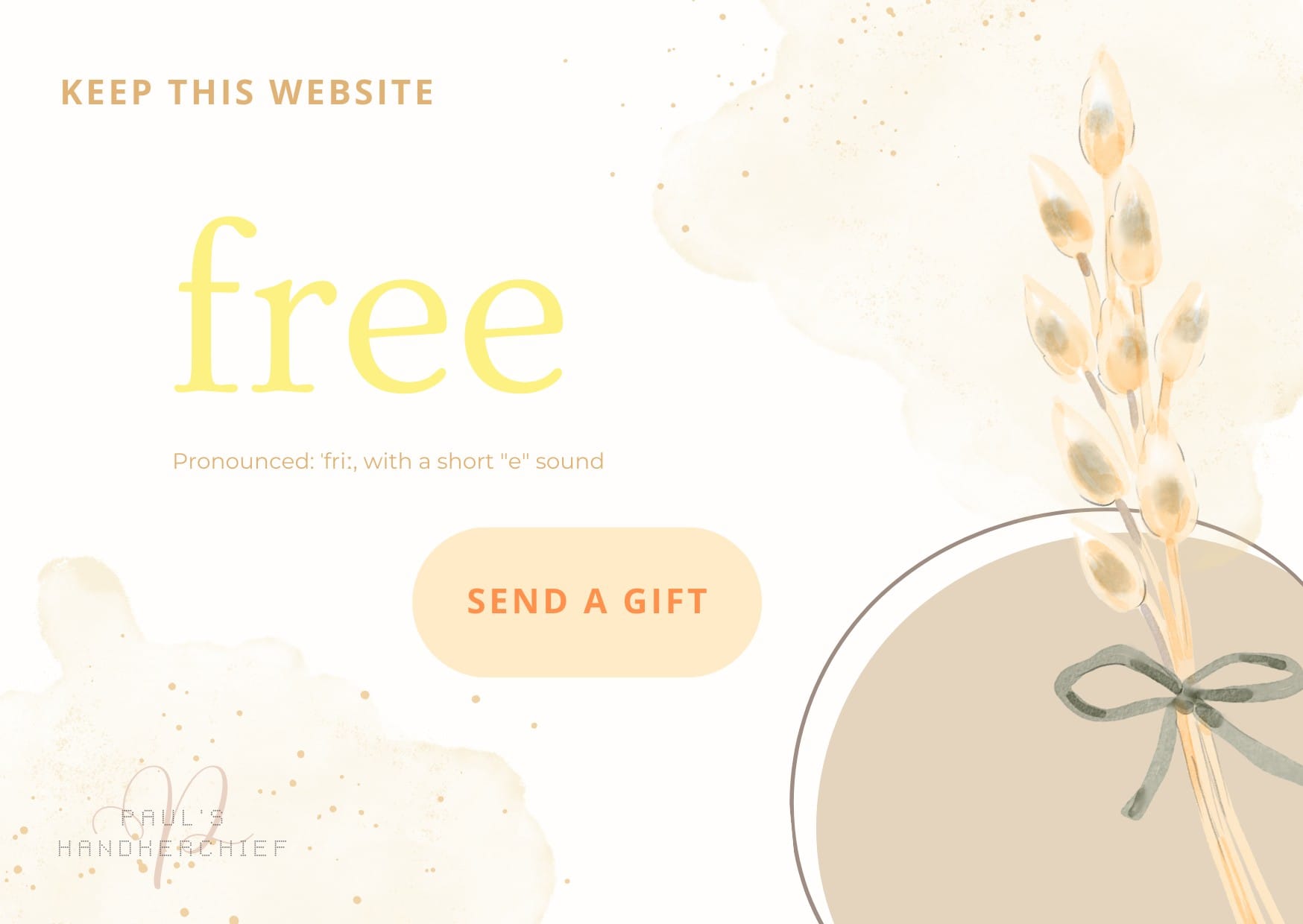1. Summary of the Question
T.L. Osborn was a prominent Christian evangelist, missionary, and author known for his healing ministry and worldwide evangelistic crusades. His work significantly impacted the global Christian community, particularly in the mid-20th century, as he brought the message of Christ’s healing and salvation to millions. This comprehensive overview will explore Osborn’s life, ministry, and theological perspectives, providing a balanced view rooted in biblical teachings.
2. Context and Background
Historical Context: Thomas Lee Osborn (1923–2013) was born in Oklahoma, USA. He became a Christian evangelist and missionary who traveled worldwide, particularly in developing countries. Osborn, along with his wife, Daisy Osborn, played a significant role in popularizing mass evangelism and healing campaigns globally. Their ministry, Osborn Ministries International, was founded in the 1940s and became known for massive gatherings, miraculous healings, and the conversion of many to Christianity.
Cultural Context: T.L. Osborn’s ministry arose during a time of significant growth in the Pentecostal and Charismatic movements. His focus on healing, miracles, and evangelism aligned with these movements’ emphasis on the Holy Spirit’s power and the continuation of spiritual gifts. Osborn’s approach resonated particularly in areas where medical resources were scarce, and the message of divine healing brought hope and faith.
Literary Context: Osborn authored several books, with “Healing the Sick” being one of the most influential. His writings focused on biblical promises of healing, faith, and the believer’s authority in Christ. His literature continues to inspire believers worldwide to embrace a faith that actively trusts in God’s power to heal and deliver.
3. Biblical Foundation (NASB 2020)
T.L. Osborn’s ministry heavily emphasized biblical promises and teachings on healing and evangelism. Several key scripture verses provide a foundation for understanding his theological perspective:
- Mark 16:17-18 (NASB 2020): “These signs will accompany those who have believed: in My name they will cast out demons, they will speak with new tongues; they will pick up serpents, and if they drink any deadly poison, it will not harm them; they will lay hands on the sick, and they will recover.”
Osborn’s ministry was founded on the belief that the Great Commission included the power to heal and deliver, and he saw these signs as confirmation of the gospel message. - Matthew 28:19-20 (NASB 2020): “Go, therefore, and make disciples of all the nations, baptizing them in the name of the Father and the Son and the Holy Spirit, teaching them to follow all that I commanded you; and behold, I am with you always, to the end of the age.”
This verse undergirded Osborn’s global mission to evangelize and disciple nations, emphasizing that the gospel was not just for salvation but for holistic transformation. - James 5:14-15 (NASB 2020): “Is anyone among you sick? Then he must call for the elders of the church and they are to pray over him, anointing him with oil in the name of the Lord; and the prayer of faith will restore the one who is sick, and the Lord will raise him up, and if he has committed sins, they will be forgiven him.”
This passage reflects the core of Osborn’s message on healing—faith in God’s promises leads to restoration and wholeness.
4. Addressing Other Perspectives
- Traditional Evangelism vs. Healing Crusades: While traditional evangelical approaches often focus on preaching and teaching, Osborn’s ministry combined evangelism with healing. Some criticized this focus, suggesting it could detract from the core message of salvation. However, Osborn argued that physical healing is a tangible sign of God’s power, which reinforces the gospel’s message.
- Prosperity Theology Concerns: Some have associated Osborn’s teachings with prosperity theology, which emphasizes health and wealth as indicators of faith. However, Osborn differentiated his message by focusing on Christ’s comprehensive redemption, which includes spiritual, physical, and emotional healing rather than a promise of material wealth.
- Criticism from Cessationists: Cessationist theology teaches that miraculous gifts like healing and tongues ceased with the apostolic age. Osborn, rooted in Pentecostal and Charismatic traditions, strongly opposed this view, believing that the gifts of the Spirit are for today. He pointed to the Bible and real-life testimonies to support his stance on the continuation of spiritual gifts.
5. Clarifying Misunderstandings
- Misconception: “T.L. Osborn’s ministry was solely about healing and miracles.”
Correction: While healing was a significant aspect of Osborn’s ministry, his primary focus was evangelism and leading people to a saving faith in Jesus Christ. He saw healing as a demonstration of the gospel’s power and an entry point for deeper discipleship. - Misconception: “Osborn promoted a ‘health and wealth’ gospel.”
Correction: Osborn’s teachings centered on holistic salvation in Christ, which includes the possibility of divine healing. However, he did not equate Christian faith with guaranteed material prosperity, as often misconstrued in prosperity gospel critiques. - Misconception: “Healing campaigns were a form of showmanship.”
Correction: While some may view public healing campaigns skeptically, Osborn viewed them as biblical and a continuation of Christ’s ministry. He emphasized that healing was not the goal but a means to point people to Christ.
6. Practical Application and Relevance
T.L. Osborn’s life and ministry offer several practical lessons for modern Christians:
- Faith in God’s Power: Osborn’s ministry encourages Christians to believe that God still heals today and that believers can trust in His promises with faith. This challenges modern Christians to take God at His Word and not limit what He can do.
- Evangelism and Compassion: Osborn’s focus on bringing both spiritual and physical healing to people worldwide underscores the importance of holistic ministry. Christians are called not just to preach the gospel but to live it out in compassionate acts that meet people’s needs.
- Unity in the Body of Christ: Osborn was known for bridging denominational gaps and working across various Christian traditions. His example encourages believers to seek unity in purpose, focusing on what unites rather than divides the body of Christ.
7. Encouragement and Conclusion
T.L. Osborn was a pioneering figure who demonstrated that the power of the gospel extends beyond words to tangible actions of love and healing. His life reminds believers that God’s heart is for all people to experience His love, salvation, and healing. Osborn’s emphasis on faith, healing, and evangelism challenges Christians to engage in their faith with boldness, compassion, and an unwavering trust in God’s promises.
In considering Osborn’s ministry, believers are encouraged to love what God loves—faith, obedience, compassion, and unity—and to hate what He hates—doubt, division, and indifference. May we be inspired by Osborn’s legacy to proclaim the gospel boldly, trust in God’s power, and live out our faith with love and compassion in every area of life.



